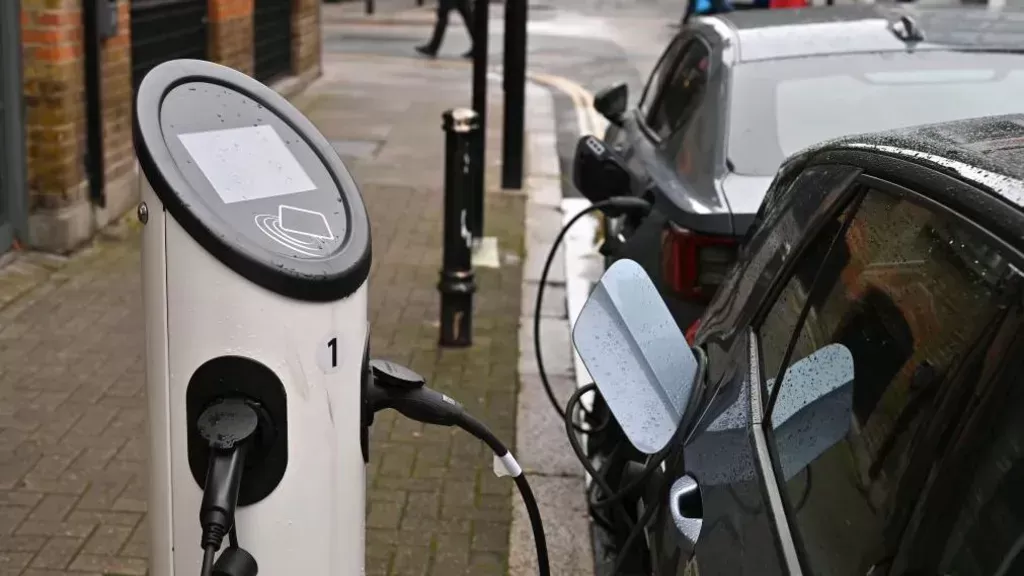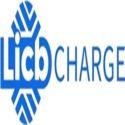Notifications

5 minutes, 48 seconds
-69 Views 0 Comments 0 Likes 0 Reviews

Level 3 EV chargers, also referred to as DC EV chargers, are revolutionizing the electric vehicle (EV) charging landscape by offering significantly faster charging speeds compared to Level 1 and Level 2 chargers. Here's an overview of the essential aspects of Level 3 chargers:
Level 3 chargers use direct current (DC) to charge an EV, bypassing the vehicle's onboard charger. This allows them to deliver high-powered energy directly to the battery, enabling much faster charging speeds. Level 3 chargers are ideal for long-distance travel and commercial settings where minimizing downtime is crucial.
Tesla Plug: Exclusively for Tesla vehicles, used at Tesla Supercharger stations.
CHAdeMO Plug: Common among Asian automakers (Nissan, Mitsubishi), and supports bi-directional charging, which allows the car to return energy to the grid.
Combined Charging System (CCS): A widely adopted plug by European and American manufacturers, known for its versatility and broad compatibility.
Charging with Level 3 stations typically costs between $25 and $50 per session, depending on factors like:
Energy pricing: Varies by location and charging station.
Battery capacity: Larger batteries require more energy.
Charging time: Some stations charge by time spent or energy consumed.
While Level 3 charging is more expensive than Level 1 or 2, the speed it offers makes it a worthwhile choice for those prioritizing efficiency over cost.
The key advantage of Level 3 chargers is their rapid charging speed. A Level 3 charger can provide an EV with 60 to 80 miles of range in just 20 minutes. To put it into perspective:
Level 1 Charging: Adds about 3-5 miles of range per hour.
Level 2 Charging: Adds roughly 15-30 miles of range per hour.
Level 3 Charging: Delivers 3-5 times the speed of Level 2 chargers, making it the fastest option available.
This speed is particularly beneficial for drivers on long trips or for those using EVs in commercial settings where downtime must be minimized.
Charging Speed: Level 2 chargers provide power ranging from 3.3 kW to 19.2 kW, taking 4-8 hours for a full charge. Level 3 chargers operate at 50 kW to 350 kW or more, allowing for full charges in under an hour.
Power Source: Level 2 chargers use AC power, which requires conversion by the vehicle's onboard charger. Level 3 chargers use DC power, which eliminates this conversion and speeds up the process.
Installation: Level 2 chargers are easy to install and commonly found in homes, workplaces, and public areas. Level 3 chargers require specialized infrastructure and are typically installed in commercial or industrial settings.
Cost: Level 2 chargers are more affordable to install and operate, making them ideal for residential use. Level 3 chargers, while faster, have higher installation and operational costs.
Highway Rest Stops: Provide quick recharges for long-distance travelers.
Fleet Charging: Essential for commercial fleets requiring fast turnaround times.
Urban Charging Hubs: In crowded cities, fast chargers enable more vehicles to charge in a shorter time.
Installation Cost: The infrastructure needed for Level 3 chargers is costly and requires high-voltage systems.
Compatibility Issues: Different EV manufacturers use different connectors, which can lead to compatibility issues unless universal standards are adopted.
Energy Demand: Level 3 chargers consume a lot of energy, which can place stress on the electrical grid.
Battery Health: Fast charging can degrade an EV’s battery over time, potentially reducing its overall lifespan.
Higher Power Output: Some chargers are being developed to deliver over 500 kW, which will allow even faster charging times.
Standardization: Efforts are underway to create universal connector standards to ensure greater compatibility across all EVs.
Integration with Renewable Energy: Future Level 3 chargers may be powered by solar or wind energy, reducing their environmental impact.
Battery Advancements: Innovations in battery technology could reduce the impact of fast charging on battery life, making it more sustainable.
Level 3 EV chargers represent a major leap forward in charging technology, offering unparalleled speed and efficiency. While the higher installation and operational costs present challenges, these chargers are crucial for long-distance travel, commercial use, and enhancing the overall EV ecosystem. As the technology and infrastructure evolve, Level 3 chargers will play an even more vital role in driving the future of sustainable transportation.Know more about Google SEO Directory
China EV Chargers EV Charger Manufacturer Smart EV Chargers Electric Car Chargers Electric Vehicle Chargers Electric Car Charging Stations

